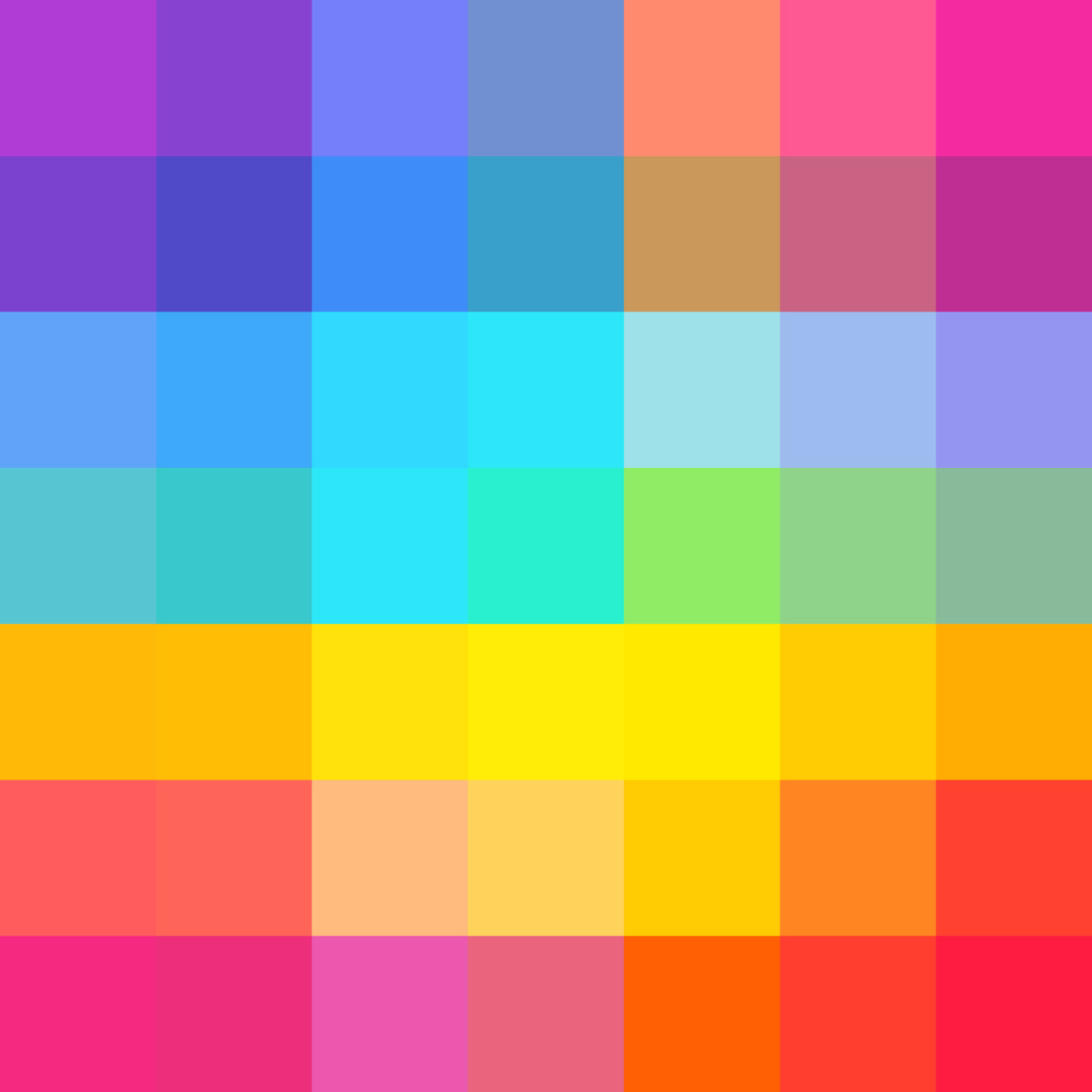Who Owns AI-Generated Art? Navigating the Complexities of Copyright and Intellectual Property in the Digital Age
Who Owns AI-Generated Art? Navigating the Complexities of Copyright and Intellectual Property in the Digital Age
Introduction:
As the capabilities of artificial intelligence (AI) expand, its influence on various aspects of our lives becomes increasingly apparent. In the realm of art, AI-generated creations have sparked a host of intriguing questions: Who owns AI-generated art? Can algorithms be considered artists? What are the legal and ethical implications of AI-generated art? In this article, we will delve into the complexities surrounding ownership of AI-generated art, exploring the legal frameworks, ethical considerations, and potential solutions in this rapidly evolving landscape.
Understanding AI-Generated Art:
AI-generated art refers to artworks created using machine learning algorithms and neural networks. These algorithms analyze vast datasets of existing art, learn patterns and styles, and generate new works based on this acquired knowledge. Through generative adversarial networks (GANs) and other techniques, AI can mimic various artistic styles, producing paintings, music, and even poetry that are often indistinguishable from human-created works. However, the question of ownership arises when determining the legal and moral rights associated with these AI-generated creations.
Exploring Traditional Copyright Laws:
When it comes to traditional art forms, copyright laws protect the intellectual property and ownership rights of artists. However, these laws were formulated long before the advent of AI-generated art and are ill-equipped to address the unique challenges and complexities posed by this evolving field. Copyright laws generally grant ownership to the human creator of an artwork, not to the tools or technology used in the creative process. This raises questions about whether AI algorithms can be considered the creators of AI-generated art, or if ownership should be attributed to the human programmers who developed the algorithms.
The Role of Human Input:
AI algorithms, by themselves, lack intentionality and consciousness. They are tools developed and programmed by human creators. Some argue that AI-generated art is an extension of the artist's vision and creativity, as it reflects the choices made by human programmers in training the algorithms. In this view, AI is seen as a collaborator, assisting artists in the creative process, rather than an independent creator. Proponents of this perspective suggest that the legal and moral ownership belongs to the human programmer or artist who employed the AI as a tool.
Challenges in Determining Ownership:
The ownership of AI-generated art is not a straightforward matter. AI algorithms can be the result of collaborative efforts involving multiple programmers, making it difficult to determine who holds the rights to the final artwork. Additionally, AI systems have the ability to continuously evolve and generate new works, presenting further complexities when it comes to ownership. Updating copyright laws to account for these specific nuances is a complex and ongoing task, requiring legal experts, technologists, and artists to come together to establish clear guidelines.
Alternative Ownership Models:
Some propose alternative models to address the ownership of AI-generated art. One idea is to grant shared ownership between the human programmer and the AI algorithm itself. This recognizes the creative contribution of both the human programmer and the AI system. Another concept is to establish a separate category of ownership, distinguishing AI-generated art from traditional art. This may involve creating a new form of copyright specifically for AI-generated creations, taking into account the unique characteristics and complexities associated with these works.
Ethical Considerations:
Ownership of AI-generated art involves more than just legal frameworks; ethical considerations also play a crucial role. Questions of authorship, attribution, and transparency arise when determining the ownership of AI-generated art. Should AI-generated art be clearly labeled as such to avoid misleading audiences? How can biases and prejudices potentially embedded in AI algorithms be addressed to ensure fairness and diversity in AI-generated creations? Ethical frameworks need to be established to guide the development and usage of AI in the artistic domain.
The Impact on the Artistic Ecosystem:
AI-generated art has the potential to reshape the artistic ecosystem. While it may expand the boundaries of artistic possibilities, there are concerns that it could also marginalize human artists and undermine their creative contributions. AI-generated art could become a commercial market dominated by algorithm developers, leaving human artists struggling to compete. Striking a balance between the utilization of AI as a creative tool and the preservation and promotion of human creativity in the arts is essential for a sustainable and inclusive artistic ecosystem.
The Path Forward:
Determining the ownership of AI-generated art requires collaboration between artists, technologists, legal experts, policymakers, and society at large. Updated copyright laws, ethical guidelines, and transparent frameworks are needed to navigate the complexities of AI-generated art. Open dialogue, interdisciplinary cooperation, and proactive engagement can help develop a shared understanding of ownership and intellectual property rights in this rapidly evolving landscape.
Conclusion:
Who owns AI-generated art is a multifaceted question that challenges our traditional notions of artistic ownership. While copyright laws and legal frameworks have yet to catch up with the rapid developments in AI technology, ethical considerations and alternative ownership models can help guide us towards solutions. It is imperative to balance the potential offered by AI as a creative tool with the preservation and recognition of human artistic contributions. Through collective efforts and ongoing dialogue, we can navigate the complexities of AI-generated art, ensuring a harmonious and inclusive artistic ecosystem for the future.




